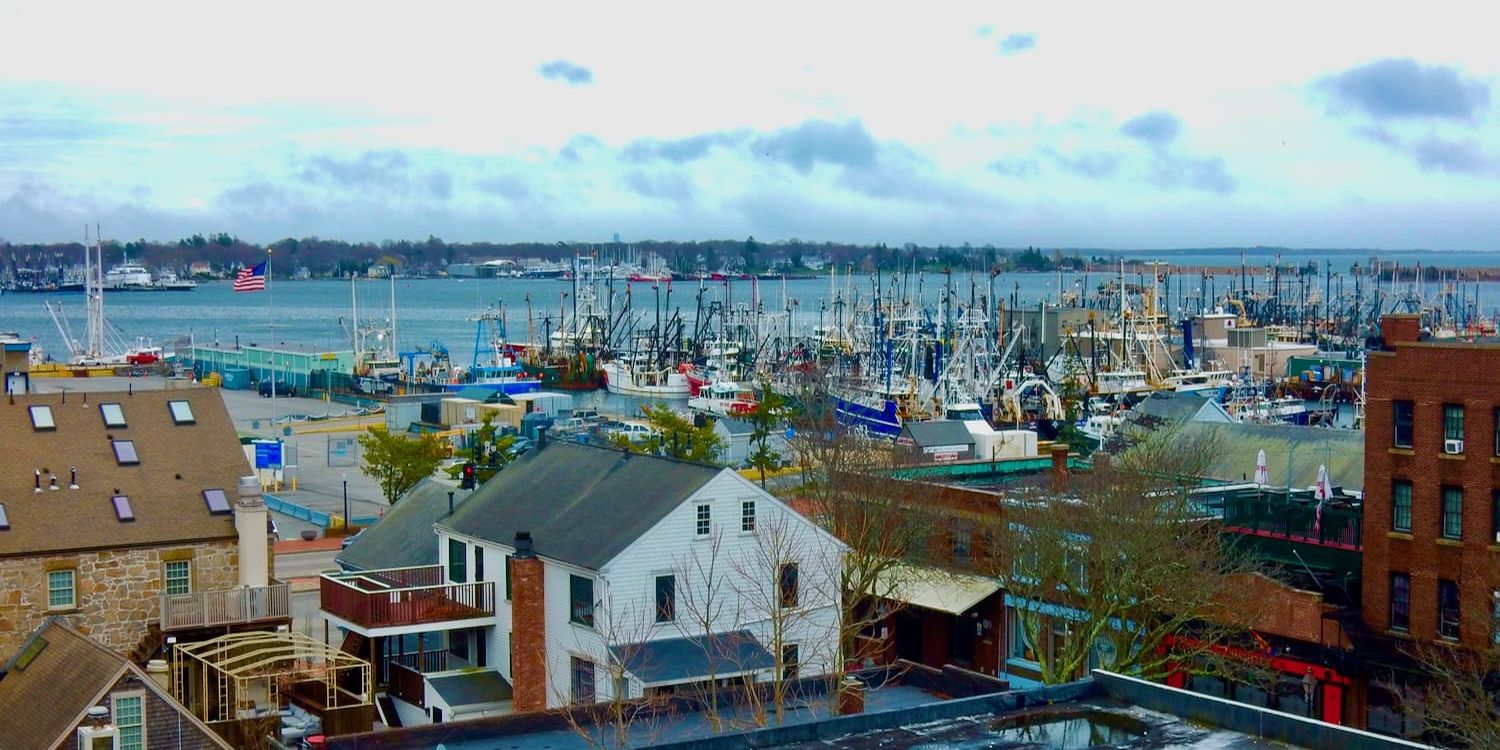Secrets Of New Bedford Harbor’s Whaling Stations

Have you ever wondered about the history behind New Bedford Harbor's whaling stations? This charming coastal town in Massachusetts once held the title of "Whaling Capital of the World." During the 19th century, its bustling harbor was filled with ships returning from long voyages, bringing back whale oil that lit up homes and streets. Today, New Bedford's rich maritime history is preserved in museums, historic sites, and even the architecture of the town itself. Whether you're a history buff or just curious about this fascinating era, exploring New Bedford Harbor offers a unique glimpse into America's past. Ready to dive into the world of whaling? Let's set sail!
The Birthplace of American Whaling
New Bedford Harbor, once known as the "City that Lit the World," played a pivotal role in the whaling industry. This bustling port became the heart of American whaling, with ships setting sail to hunt the giants of the sea. Let's dive into the secrets of its historic whaling stations.
1. New Bedford Whaling Museum
The New Bedford Whaling Museum offers a deep dive into the history of whaling. Here, visitors can explore exhibits showcasing artifacts, ship models, and even a massive whale skeleton.
- Interactive Exhibits: Engage with hands-on displays that bring the whaling era to life.
- Educational Programs: Participate in workshops and lectures about marine life and conservation.
- Panoramic Views: Enjoy stunning views of the harbor from the museum's observation deck.
2. Seamen's Bethel
Seamen's Bethel, also known as the Whaleman's Chapel, holds a special place in whaling lore. This historic chapel served as a sanctuary for sailors before they embarked on long voyages.
- Historic Pews: Sit in the same pews where whalemen once prayed for safe journeys.
- Memorial Tablets: Read the names of sailors lost at sea, etched into the walls.
- Literary Connection: Discover the chapel's connection to Herman Melville's "Moby-Dick."
3. Rotch-Jones-Duff House & Garden Museum
The Rotch-Jones-Duff House & Garden Museum offers a glimpse into the lives of wealthy whaling merchants. This beautifully preserved mansion showcases the opulence of the era.
- Elegant Interiors: Wander through rooms adorned with period furnishings and decor.
- Lush Gardens: Stroll through meticulously maintained gardens that reflect 19th-century landscaping.
- Guided Tours: Learn about the history of the house and its prominent owners.
4. New Bedford Whaling National Historical Park
The New Bedford Whaling National Historical Park encompasses several historic sites, offering a comprehensive look at the city's whaling heritage.
- Visitor Center: Start your journey with informative exhibits and maps.
- Walking Tours: Join guided tours that highlight key locations within the park.
- Historic Buildings: Explore preserved structures that once housed whaling businesses and homes.
5. The Wharfinger Building
The Wharfinger Building, located on the waterfront, served as the administrative hub for whaling operations. This historic building now houses exhibits and offices.
- Exhibit Space: View displays that detail the logistics of whaling voyages.
- Historic Documents: Examine original logs and records from whaling ships.
- Waterfront Views: Enjoy picturesque views of the harbor from the building's windows.
6. The Schooner Ernestina-Morrissey
The Schooner Ernestina-Morrissey, a National Historic Landmark, represents the enduring legacy of New Bedford's maritime history. This vessel has sailed the Arctic, served in World War II, and now educates the public.
- Deck Tours: Step aboard and explore the ship's deck and cabins.
- Educational Programs: Participate in programs that teach navigation and sailing skills.
- Restoration Efforts: Learn about ongoing efforts to preserve this historic schooner.
7. The Bourne Counting House
The Bourne Counting House, once the office of a prominent whaling merchant, now serves as a museum. This building offers insights into the business side of whaling.
- Business Records: Discover ledgers and documents that reveal the financial aspects of whaling.
- Merchant's Office: See the office setup where deals were made and ships were outfitted.
- Interactive Displays: Engage with exhibits that explain the economics of the whaling industry.
8. The Mariners' Home
The Mariners' Home provided lodging for sailors between voyages. This historic building now offers a glimpse into the daily lives of whalemen.
- Restored Rooms: Tour rooms furnished as they would have been in the 19th century.
- Personal Stories: Read accounts from sailors who stayed at the home.
- Community Role: Learn about the home's role in supporting the maritime community.
9. The New Bedford Fishing Heritage Center
While not exclusively focused on whaling, the New Bedford Fishing Heritage Center highlights the city's broader maritime history, including its transition from whaling to fishing.
- Exhibits: Explore displays on fishing techniques, gear, and the lives of fishermen.
- Oral Histories: Listen to recordings of fishermen sharing their experiences.
- Cultural Events: Attend events that celebrate the maritime traditions of New Bedford.
New Bedford Harbor's Timeless Allure
New Bedford Harbor's whaling stations offer a glimpse into a rich maritime history. Walking through these historic sites, you can almost hear the echoes of sailors and see the bustling activity of a once-thriving industry. The Whaling Museum and Seamen's Bethel provide deeper insights into the lives of those who lived and worked here. Exploring the cobblestone streets and waterfront areas, you feel connected to a past that shaped the town's identity. Whether you're a history buff or just curious, New Bedford Harbor's whaling stations are a must-see. They remind us of the town's significant role in maritime history and its enduring charm. So next time you're in the area, take a step back in time and experience the timeless allure of New Bedford Harbor.

